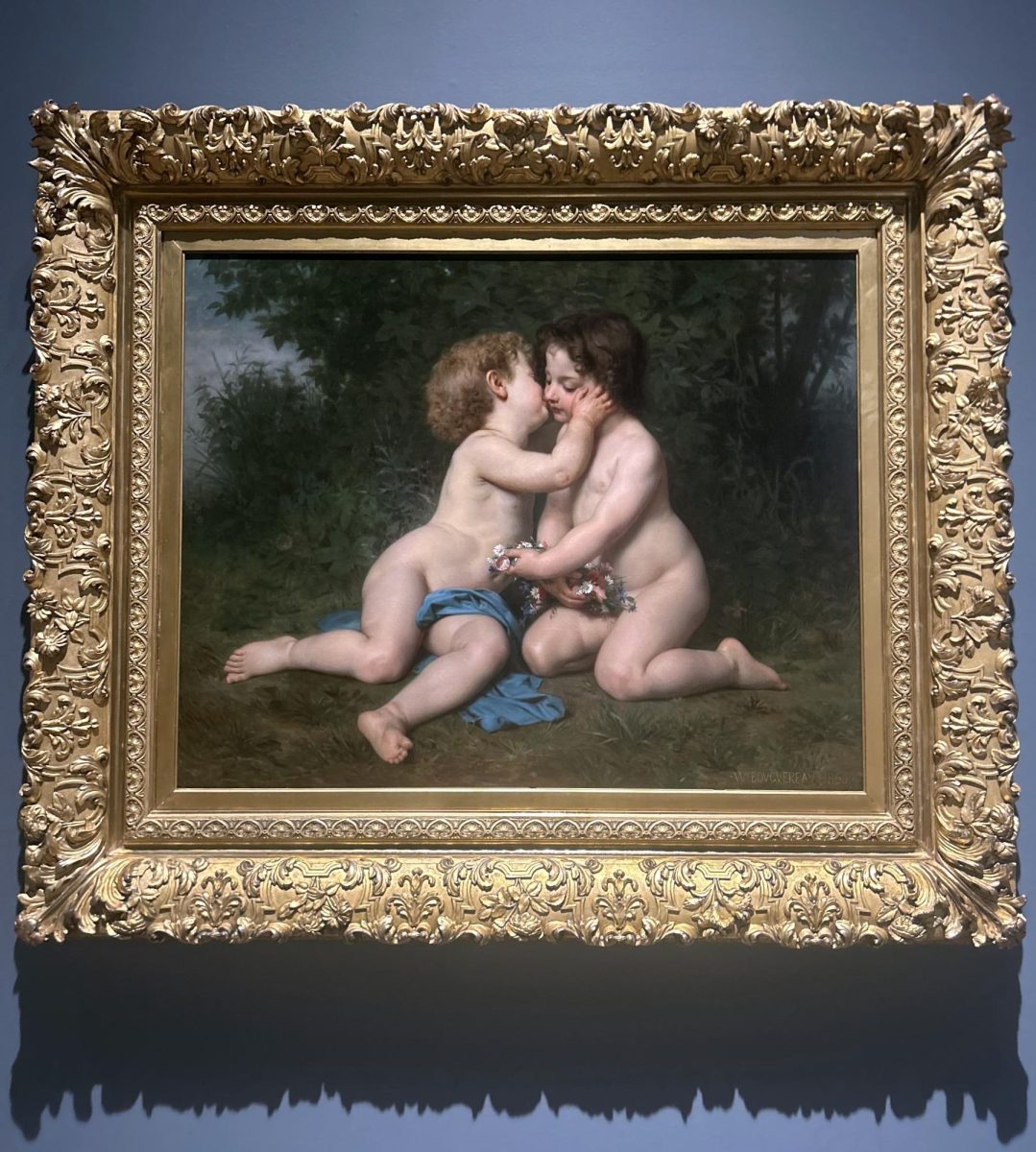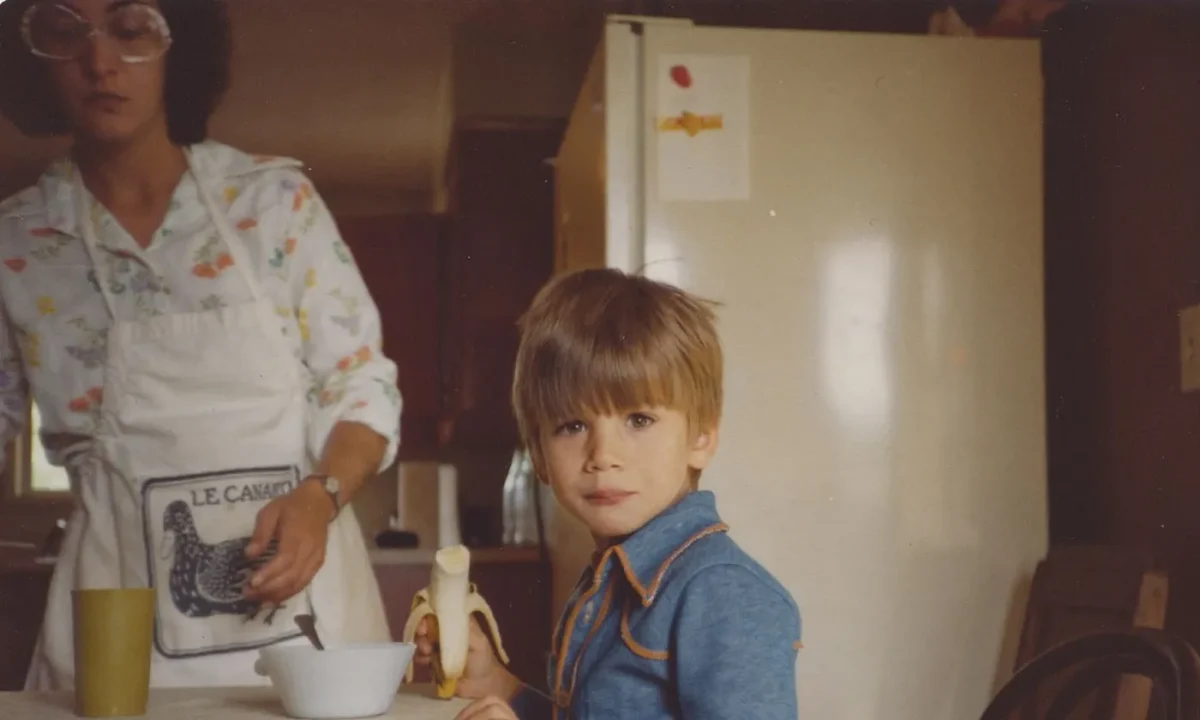Love is expressed in many different forms. From its four languages to its depictions in art, film and photography, it never ceases to be present in peoples’ lives.
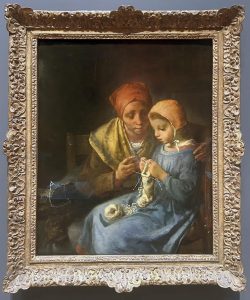
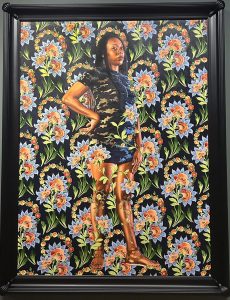
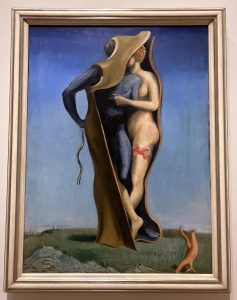
One could even say that an artist creates their art with a spirit of love for their subject, theme and production. During this season of love, visiting Saint Louis Art Museum is one way of seeing how love is not merely a practice people indulge in everyday, but a force driving the creative space and reflecting the innermost hearts of artists.
“Peace” by Adolphe-William Bouguereau
Two nearly naked children sensually sit together, one holding the cheek of the other while on the verge of bestowing a gentle kiss on the lips of the other. The genders of the children are unclear, but the tenderness and innocence of their babe-like positioning together on the grass expresses a platonic, yet playful love between them. Bouguereau, a French painter, portrays the right-hand child holding a bundle of flowers, symbolic of the fertileness of their blossoming appreciation for each other’s presence amongst the pastoral scene. Whether the viewer sees the children as two friends or two siblings, the painting captures the first feelings of fraternal, platonic love people experience as children that guides them into their young adulthood and adult relationships.
“Long Live Love or Charming Country” by Max Ernst
Ernst, a German Surrealist, paints two nude figures, a male and female, intertwined in a hollow tree trunk. The figures’ facial proximity makes it difficult for the viewer to sense whether the figures are embracing or smothering each other to death. This is further emphasized by the contrast of the male figure’s dark blue outline contorting around the female figure’s defined, pale curves. Love is depicted as both overwhelming and underwhelming in the female figures’ grasping onto the male’s chest and wrapping her leg around his calf while his arm remains outside of their embrace. While one figure fully immerses herself in their relationship, the other remains hesitant, only able to give so much of himself away to the excitement and fear of what their embrace might mean for them. Ernst was involved in a relationship with poet Paul Eludard and their partner Gala when he painted “Long Live Love or Charming Country,” expressing the uneasy and waffling experience of loving two people at the same time.
“The Knitting Lesson” by Jean Francois Millet
A mother sits with her daughter as she teaches her how to knit a sock. The girl works diligently, mouth fixed slightly open, focused on the needles between her fingers. The mother’s arm wrapped around her shoulder, her forehead creases and her endearing, almost delighted expression illustrates the unique bond shared between a mother and child. Inspired by his wife and one of his daughters, Millet, a French painter, animates the lessons he saw his wife give. The warmth of the mother’s shawl and hat, contrasted with the daughter’s blue dress, creates a mood of affection and nurture flowing from the mother’s gentle nearness, yet modest distance from her daughter as she toils with the white yarn. A simple lesson of knitting, like any lesson or practice a parent teaches their child, connects the pair both physically and in spirit as it is a pastime they can enjoy together and apart–always reminding them of the lesson they once shared.
“Charles I” by Kehinde Wiley
St. Louisian Ashley Cooper is painted with one hand, turned up, on her hip standing before a saturated floral background that overlays Cooper’s legs. Cooper’s pose parallels painter Daniel Mytens’ 1633 portrait of Charles I. Wiley uses portraiture to speak on the intentional and unintentional absence of Black people in European and American art history, replacing White figures in historical art pieces with contemporary Black figures. The warm orange and red undertones in the background and in Cooper’s skin establish a tone of vigor and soundness, intensified by Cooper’s poignant gaze into the viewer’s eyes. Although the painting is not a self-portrait, Cooper’s gaze combined with her pose invite the viewer to feel Cooper’s love of herself. Self-love is a practice cultivated in one’s childhood by their parents, friends and community that is continued into adulthood as one comes to love others, whether it be romantic, platonic or something else entirely. Cooper’s self-love and her admiration for herself awakens in her a dignified and regal pose and gaze.




